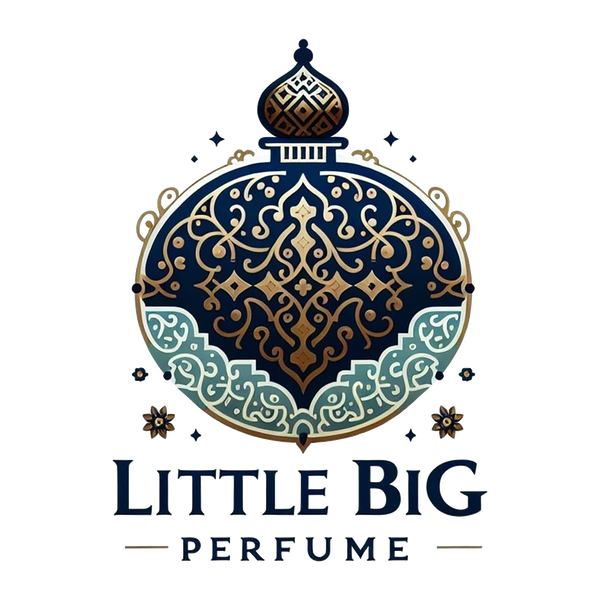
Perfumery: Synthetic molecules
Share
Introduction
Modern perfumery owes much of its evolution and success to scientific innovation, particularly the creation of synthetic molecules. These chemical compounds, developed in the laboratory, have made it possible to push back the limits of olfactory creativity and to respond to the ethical and environmental challenges posed by the use of certain natural raw materials.
Synthetic molecules offer a valuable alternative to rare or hard-to-obtain ingredients, while allowing for the creation of new and captivating scents. From ambroxan, which mimics ambergris, to ISO E Super, which adds a mysterious aura to compositions, these molecules have transformed the art of perfumery. In this article, we explore the fascinating history of some of these iconic molecules and their impact on the fragrance industry.
Ambroxan
Ambroxan is a synthetic molecule that first appeared in the 1950s. It was developed as a replacement for natural ambergris, a valuable substance secreted by sperm whales. Ambergris was once highly prized in perfumery for its amber and musky notes, but its collection was both rare and ethically problematic.
Ambroxan is obtained from sclareol, a compound found in sage oil. This synthetic molecule quickly gained popularity due to its ability to reproduce the sensual and persistent characteristics of ambergris. Today, ambroxan is used in many perfumes for its woody, ambery and slightly animalic notes.
ISO E Super
ISO E Super , on the other hand, is another synthetic molecule created by the perfume house IFF (International Flavors & Fragrances) in 1973. This molecule is known for its subtle, sweet and woody scent. It is often used to enhance and harmonize the other ingredients of a perfume, adding depth and richness to the composition.
ISO E Super is particularly appreciated for its ability to create an olfactory aura around the person who wears it, often described as "your skin but better". This molecule has become a staple in many modern perfumes, offering a touch of mystery and sophistication.
Fun fact : When ISO E Super was first used in a perfume, the creators were so fascinated by its effect that they decided to use it as the main fragrance. However, during testing, they noticed that some people could not smell ISO E Super at all! This led to some pretty comical situations where some people thought the bottle was empty or that the perfume had disappeared. Eventually, they realized that ISO E Super had a very variable perception depending on the individual, which makes it an even more intriguing and mysterious molecule.
Calone
Calone, also known as "methylbenzodioxepinone", is a synthetic molecule discovered in the 1960s by Pfizer. It is famous for its marine and ozonic odor, evoking notes of fresh air and sea. Calone was widely used in perfumes in the 1990s to create aquatic and marine fragrances, such as Issey Miyake's famous "L'Eau d'Issey".
Hedione
Hedione is a synthetic molecule developed by Firmenich in the 1960s. It is derived from methyl jasmonate, a compound found in jasmine. Hedione is appreciated for its fresh, floral and slightly citrusy notes. It was popularized by Dior's "Eau Sauvage" perfume, where it brings a unique luminosity and transparency.
Galaxolide
Galaxolide is a synthetic musk created by IFF (International Flavors & Fragrances) in the 1960s. It is used for its musky, sweet, and slightly woody notes. Galaxolide is often used to add depth and longevity to perfumes.
Coumarin
Coumarin is a synthetic molecule discovered in the 19th century. It is naturally present in tonka bean and some herbs such as sweet clover. Coumarin is known for its sweet, vanilla scent, with hints of freshly cut hay. It is used in many perfumes for its comforting and gourmet qualities.
Fun fact : When creating synthetic coumarin, chemists noticed that the smell was very reminiscent of freshly cut hay. One day, one of the chemists decided to test the molecule by spraying it in his office. Shortly after, his colleagues came in and started sneezing and scratching, thinking there was some hay hidden somewhere in the lab! This experiment not only confirmed the effectiveness of coumarin, but also provided a good laugh for the entire team.
Conclusion
The creation of synthetic molecules has revolutionized the perfume industry, offering an infinite palette of olfactory possibilities. These molecules make it possible to reproduce rare or ethically problematic scents, such as ambergris with ambroxan, or to create completely new and innovative accords, such as ISO E Super and Calone.
Synthetic molecules have not only expanded the creative horizons of perfumers, but they have also made fragrances more accessible and sustainable. With these advances, perfumers can experiment and push the boundaries of creativity, while meeting modern consumers' expectations for diversity and quality.
In short, synthetic molecules have become essential elements of contemporary perfumery, enriching our olfactory experience and paving the way for ever more daring and captivating creations.
